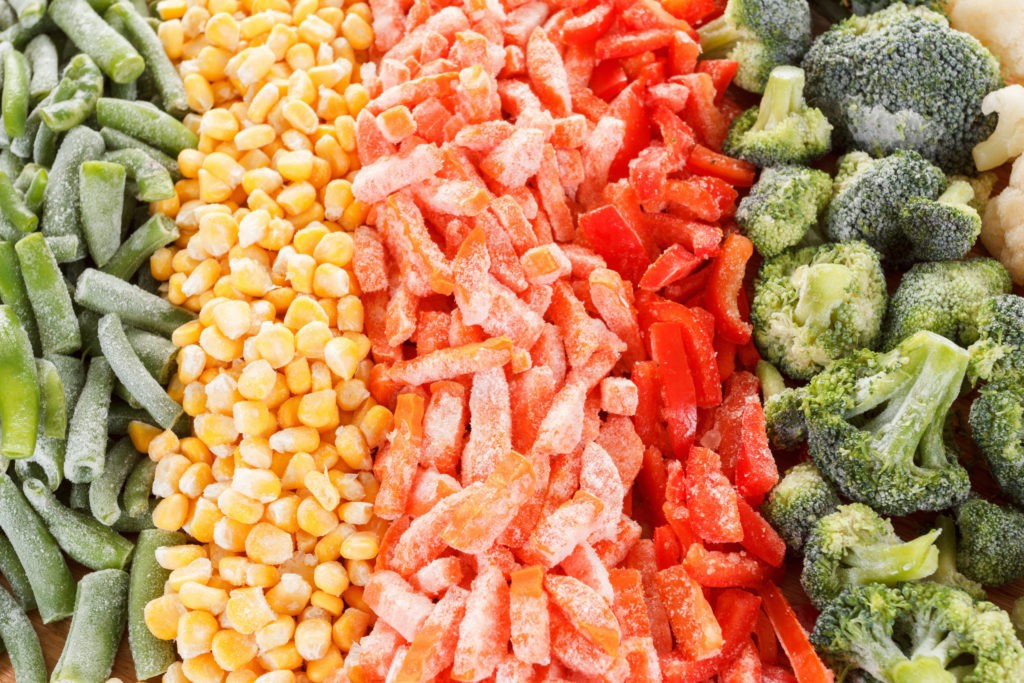Fresh & Frozen Food Market
VegMart Uganda Ltd is a dynamic segment within the global food industry, encompassing a wide range of perishable products, including fruits, vegetables, meats, seafood, dairy, prepared meals, and bakery items, available in both fresh and frozen formats. With growing consumer demand for convenience, longer shelf-life products, and healthier eating options, the market has seen steady expansion. Advances in food preservation, packaging technologies, and logistics have significantly contributed to the increased availability and quality of fresh and frozen foods globally.
VegMart Uganda Ltd caters to a diverse range of consumer needs, including health-conscious individuals, busy families, and consumers seeking gourmet or international food experiences. Additionally, changing consumer behaviors, such as a preference for plant-based options and organic produce, have shaped new product offerings and market dynamics.
Market Segmentation:
- Fresh Food Products:
- Fruits & Vegetables: Fresh produce, including both conventional and organic options, remains one of the largest categories. Common varieties include leafy greens, root vegetables, tropical fruits, and berries.
- Meat & Poultry: Fresh cuts of beef, chicken, lamb, and pork, typically sourced from local or regional producers.
- Seafood: Fresh fish, shellfish, and other seafood products, often marketed as a healthy, high-protein option.
- Dairy: Fresh milk, cheese, yogurt, butter, and cream, as well as plant-based dairy alternatives.
- Bakery Products: Freshly baked bread, pastries, cakes, and other bakery goods.
- Prepared Foods: Fresh ready-to-eat meals, salads, sandwiches, and deli items.
- Frozen Food Products:
- Frozen Fruits & Vegetables: A wide variety of frozen produce, including berries, green beans, peas, and spinach, offering longer shelf life and ease of storage.
- Frozen Meat & Poultry: Frozen cuts of beef, chicken, lamb, and turkey, as well as frozen processed meats (e.g., sausages, burgers).
- Frozen Seafood: Frozen fish and shellfish, including shrimp, salmon, and cod.
- Frozen Ready Meals: Frozen entrees, including pizza, pasta, soups, and international meals, designed for convenience and ease of preparation.
- Frozen Snacks & Desserts: Ice cream, frozen yogurt, frozen cakes, pies, and ready-to-serve appetizers.
- Frozen Bakery Products: Pre-baked breads, pastries, and desserts that can be reheated for fresh consumption.
Market Trends:
- Convenience & Ready-to-Eat Solutions: Consumers are increasingly opting for ready-to-eat and easy-to-prepare meals. Frozen foods, in particular, offer convenience without sacrificing quality, with products like frozen dinners, snacks, and pre-packaged vegetables gaining popularity.
- Health & Wellness: With rising health awareness, there is a growing preference for fresh and frozen foods that are organic, non-GMO, and free from artificial additives. Consumers are also seeking options that fit special dietary needs, including gluten-free, keto, low-carb, vegan, and paleo foods.
- Sustainability and Ethical Sourcing: There is a shift toward more sustainable practices, both in sourcing and packaging. Consumers are increasingly demanding responsibly sourced products, including ethically raised meats and fish, as well as eco-friendly packaging materials like biodegradable or recyclable options.
- Plant-Based & Vegan Foods: The plant-based food movement is gaining significant momentum. Frozen plant-based meals, including vegan burgers, plant-based pizzas, and dairy-free ice cream, are becoming staples in the frozen food aisles.
- Global Flavors and Ethnic Foods: There is a growing interest in international and ethnic flavors, with frozen foods providing an easy way for consumers to explore world cuisines. Frozen Indian, Asian, Mediterranean, and Latin American meals are popular among consumers seeking variety and convenience.
- Technological Advancements in Freezing: Advancements in freezing technology, such as flash freezing and IQF (individually quick frozen) methods, are helping preserve the taste, texture, and nutritional content of frozen foods. This results in higher-quality products that retain their original flavor and nutritional value after freezing.

